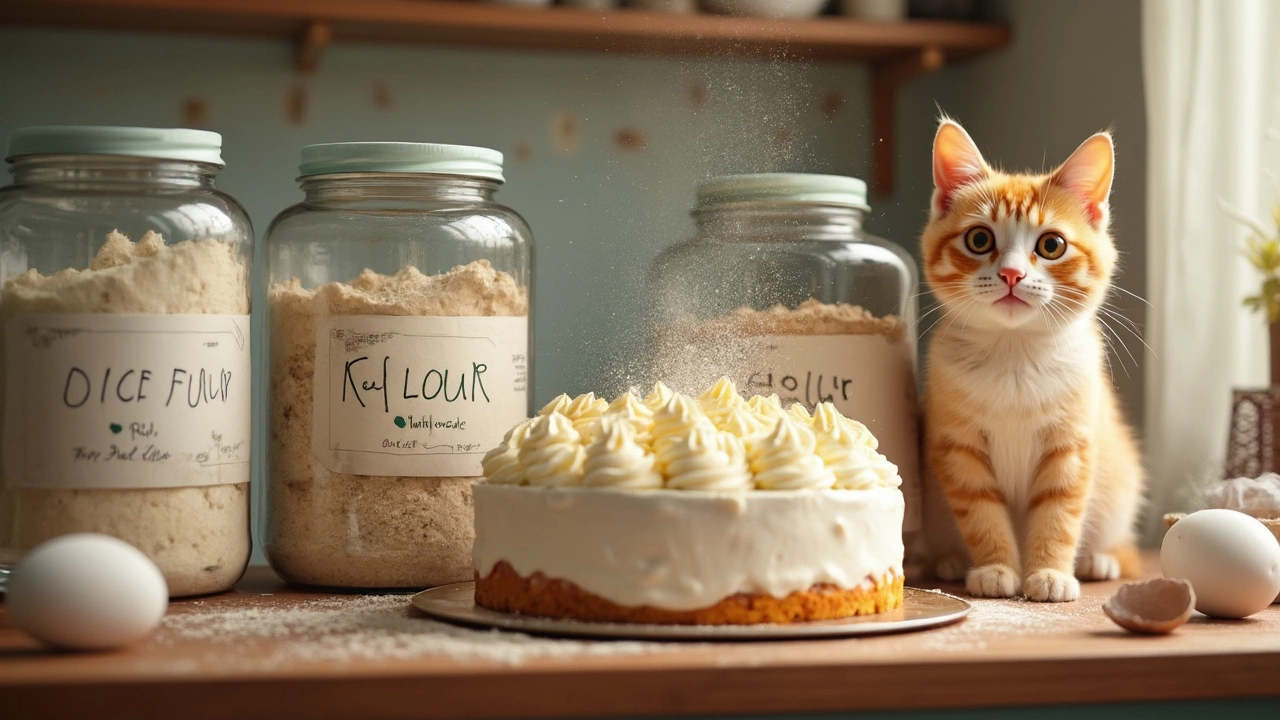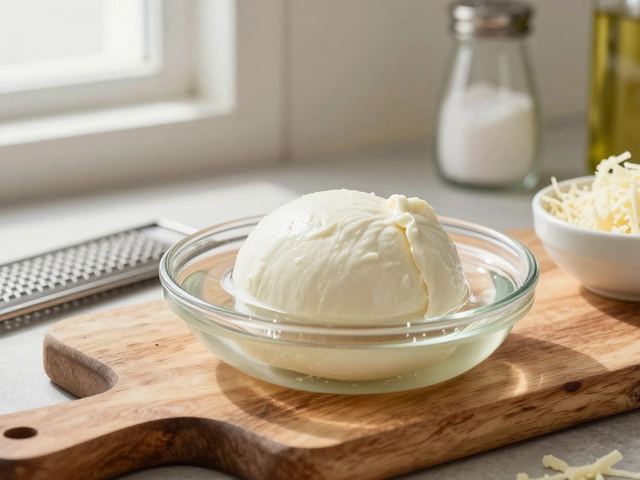Cake Flour Alternatives: Easy Swaps for Fluffy Cakes
If you’ve run out of cake flour or need a gluten‑free option, don’t panic. A few pantry staples can step in and still give you a light, tender crumb. Below you’ll find the most reliable substitutes and how to use them without turning your bake into a dense brick.
Why You Might Need a Substitute
Standard cake flour has lower protein than all‑purpose flour, which means less gluten and a softer texture. When you can’t get the exact flour, the goal is to mimic that low‑protein profile or add a bit of starch to counteract the extra gluten from other flours. Whether it’s a sudden shortage, a diet restriction, or a recipe that calls for a specific brand, a good swap keeps the result airy.
Top 5 Everyday Substitutes
1. All‑Purpose Flour + Cornstarch – Mix 1 cup of all‑purpose flour with 2 tablespoons of cornstarch. The starch cuts the protein level, getting you close to cake flour’s texture.
2. Pastry Flour – Pastry flour sits between cake and all‑purpose flour in protein content. Use it 1:1 for most recipes; you’ll notice a slightly softer crumb with no extra steps.
3. Almond Flour – Great for gluten‑free baking. Replace up to 25% of the cake flour with almond flour to add moisture and a faint nutty flavor. Remember to add an extra egg or a bit more leavening to help the batter rise.
4. Rice Flour + Potato Starch – Combine 1/2 cup rice flour with 1/2 cup potato starch. This blend mimics the fine texture of cake flour and stays gluten‑free. Sift together before mixing to avoid lumps.
5. Oat Flour – Make oat flour by grinding rolled oats in a blender. Use it for up to half the flour amount and pair with a little extra baking powder. Oat flour adds a subtle sweetness and keeps the cake light.
When swapping, keep an eye on batter thickness. If it looks too thick, add a tablespoon of milk or water at a time until it reaches the usual pourable consistency. Too thin? A spoonful of extra flour (or starch blend) will bring it back.
Another tip: increase the oven temperature by 5‑10°C (10‑20°F) when using higher‑protein flours. The extra heat helps the cake set quickly, preventing a gummy center.
Finally, always sift your substitute flour. Sifting aerates the flour, removes clumps, and gives you that classic cake‑flour lightness.
With these swaps in your back pocket, you’ll never have to cancel a birthday cake or postpone a dessert brunch. Try one of the alternatives next time you’re in the kitchen and enjoy the same fluffy results you expect from traditional cake flour.

Gluten-Free Flour: What to Use for Cakes
Confused about which flours are actually gluten-free for your cakes? This guide breaks down the best gluten-free flours, how they behave in cake recipes, and what swaps really work. From rice flour basics to almond flour hacks, learn which options keep your baking safe and tasty. Plus, smart tips for better texture and flavor in gluten-free cakes. Even Whiskers the cat can't mess this up for you!
View More




